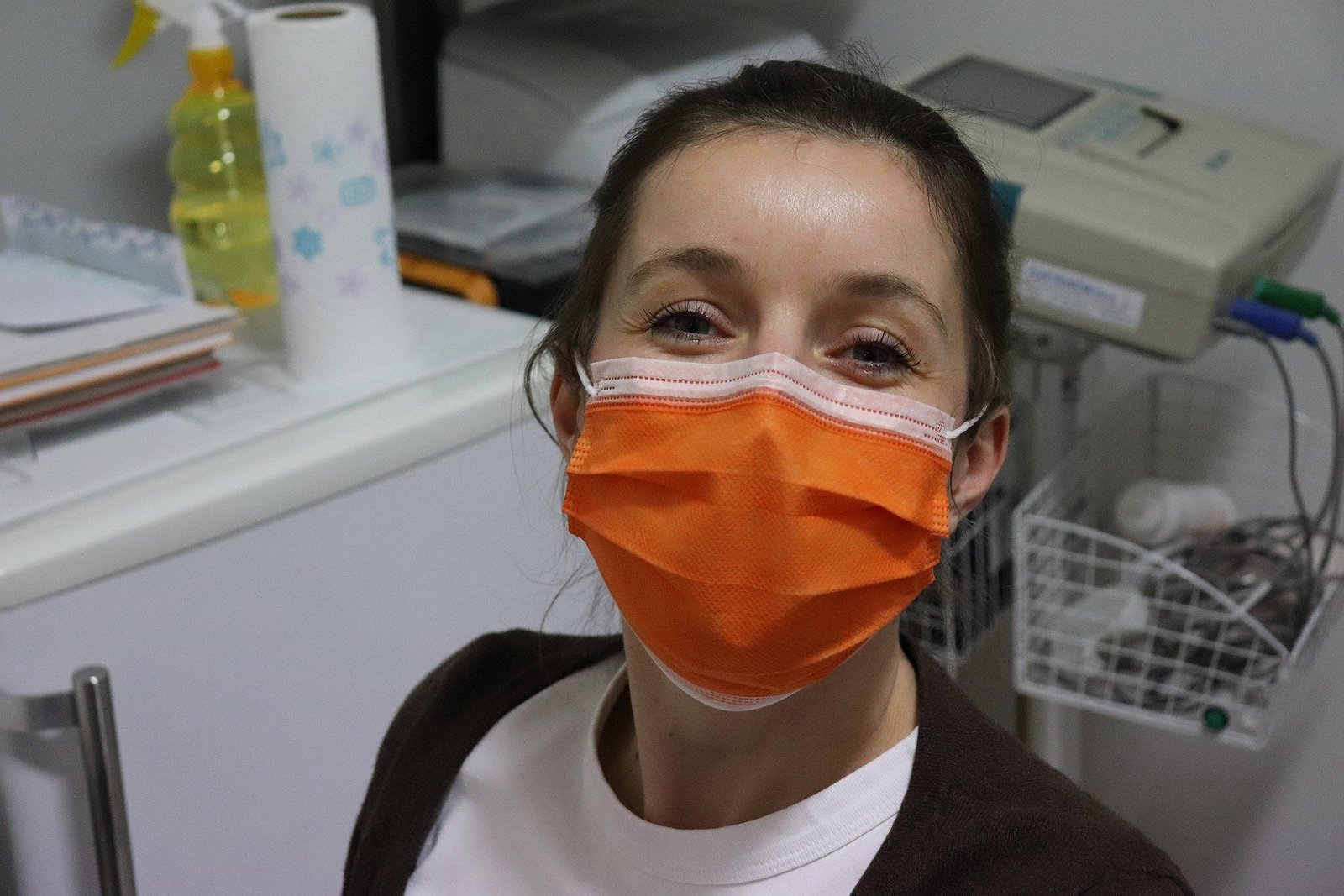A new study, from the Center for Infectious Disease Research and Policy (CIDRAP) at the University of Minnesota, says that the coronavirus pandemic that has already killed more than 230,000 people likely won’t be contained for two years.
The study also says that about 70% of people need to be immune in order to bring the virus to a halt.
Eight major influenza pandemics dating back to the 1700s, as well as data about the new coronavirus have been studied to arrive at this conclusion.
Out of the eight past flu pandemics, scientists said seven had a second substantial peak about six months after the first one. Additionally, some had “smaller waves of cases over the course of 2 years” after the initial outbreak.
A key factor in their prediction for the current pandemic revolves around herd immunity, which refers to the community-wide resistance to the spread of a contagious disease that results when a high percentage of people are immune to it, either through vaccination or prior exposure.
The coronavirus pandemic likely won’t be contained until 70% of the world’s population has been infected and stop the virus through what’s known as herd immunity.
Herd immunity refers to the natural resistance to a contagious disease that emerges when a high percentage of people are immune, either through vaccination or prior exposure.
Nearly all the pandemics studied were found to have a greater second wave of infections that came about six months after the first, while some had “smaller waves of cases over the course of two years.”
“The length of the pandemic will likely be 18 to 24 months, as herd immunity gradually develops in the human population,” according to the report. “Given the transmissibility of SARS-CoV-2” — the virus that causes COVID-19 — “60% to 70% of the population may need to be immune to reach a critical threshold of herd immunity to halt the pandemic.”
Despite more than 3 million infections reported worldwide, only a small fraction of the overall population has been infected so far. Nearly 65,000 have died so far in the United States.
Scientists also can’t say whether those who have recovered from the disease will be immune in the future or how long such immunity would last.
The report lays out several possible scenarios, including one in which a larger wave of illnesses may happen in the fall or winter of 2020 and then subsequent smaller waves in 2021. The researchers say this model — similar to the pattern seen in the devastating 1918 Spanish flu pandemic — would “require the reinstitution of mitigation measures in the fall in an attempt to drive down spread of infection and prevent healthcare systems from being overwhelmed.”
Two other scenarios in the report involve either recurring peaks and valleys of outbreaks, or smaller waves of illness over the next two years.








